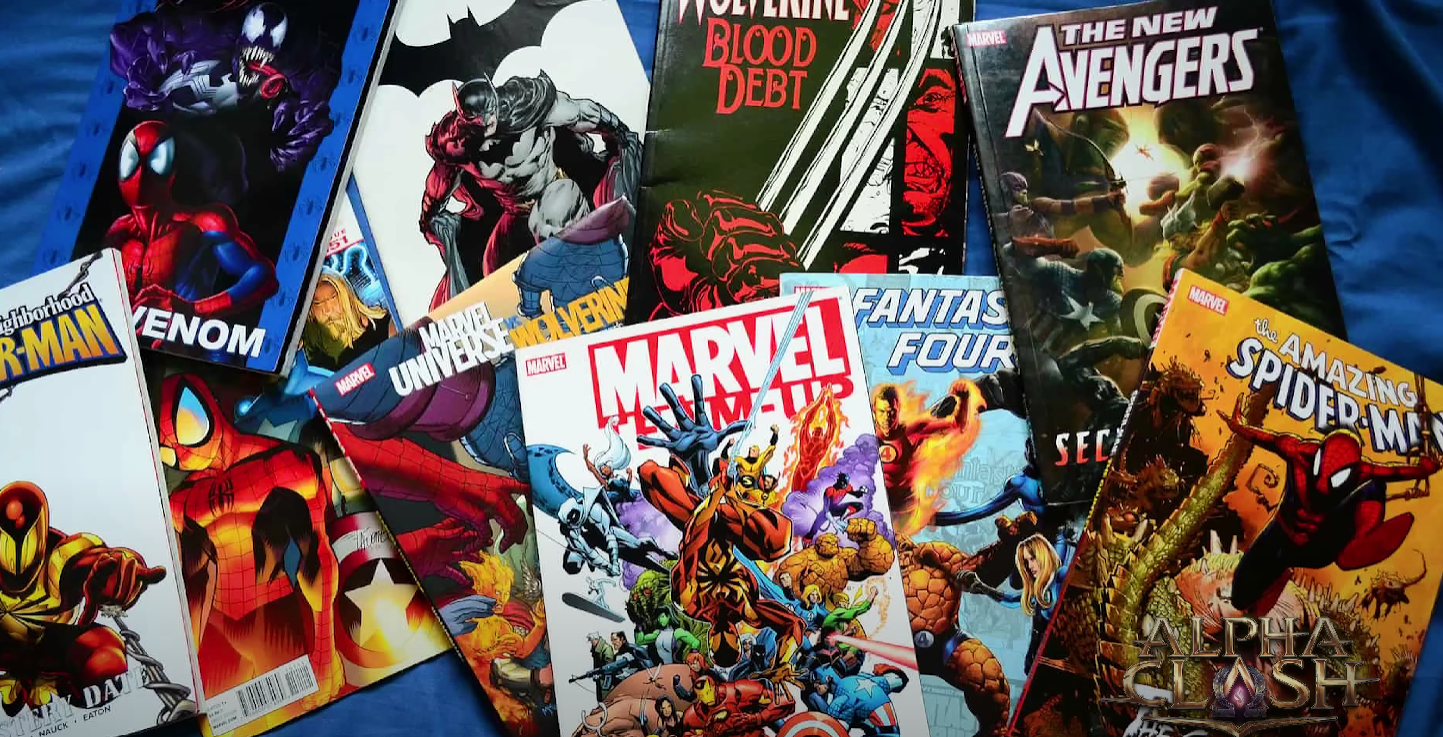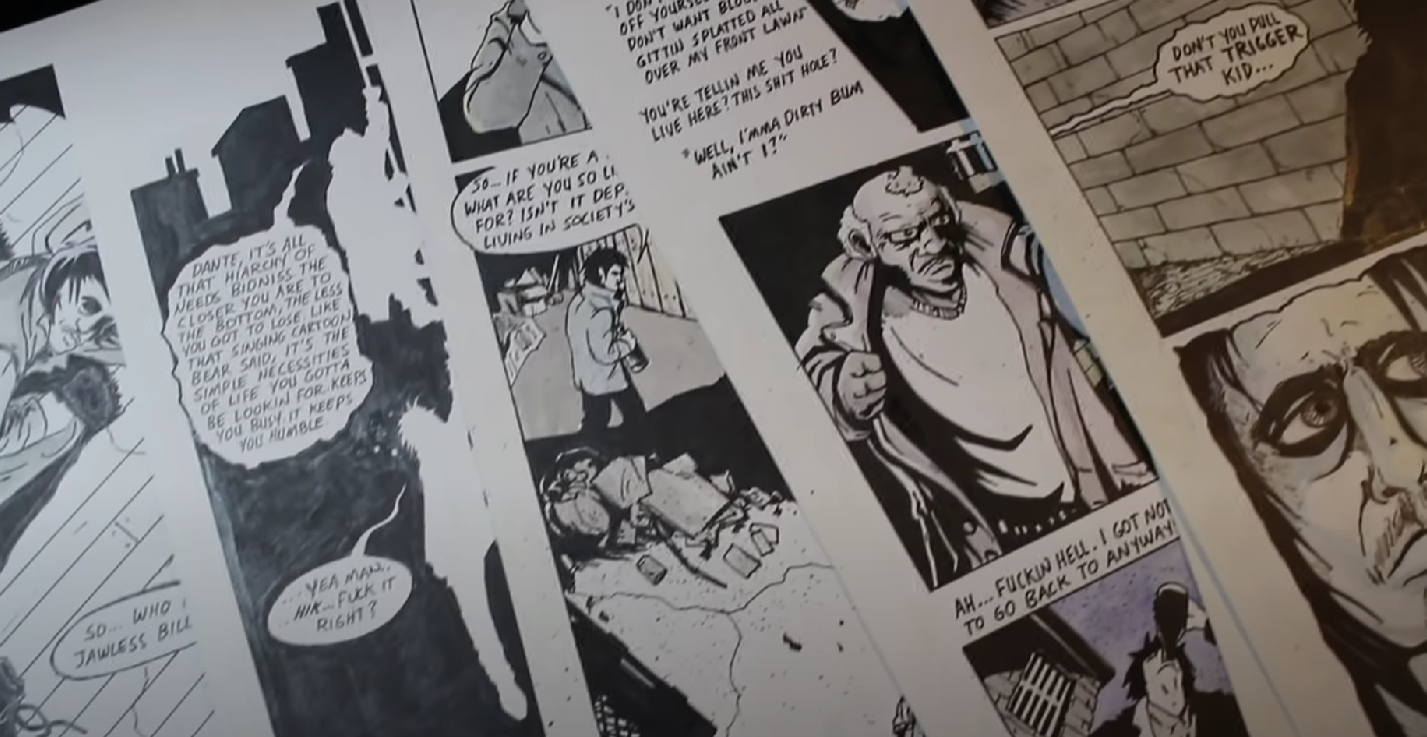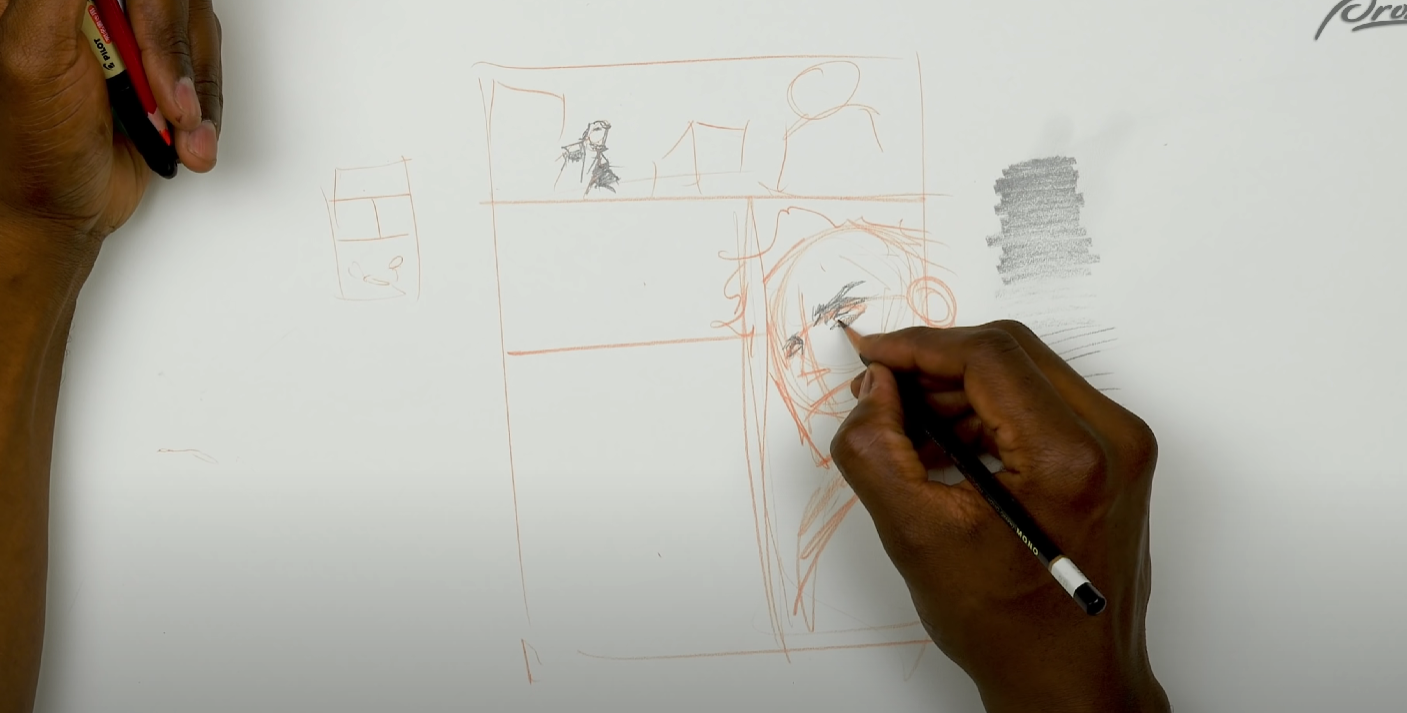Step into the colorful world of comic book creation and uncover the financial secrets hidden behind each panel. From captivating superheroes to intricate illustrations, we embark on a journey to discover the price tag behind bringing these graphic tales to life.
Prepare to be amazed as we unveil the true cost of making a comic book masterpiece.
How Much Does It Cost to Make a Comic Book?
The expenses associated with self-publishing a comic book can fluctuate based on several key factors. These include the extent of the comic, the chosen printing technique, and the intended distribution method, be it online or through brick-and-mortar retailers.
In most cases, a budget ranging from $500 to $5,000 is typically allocated to self-publish a comic book. This wide range allows creators to accommodate various production needs while considering their financial resources.
What is a Comic Book?
A comic book is a form of visual storytelling that combines illustrations and text to depict a sequential narrative. It typically consists of multiple pages, each containing panels that showcase a series of images and accompanying dialogue or captions.

Comic books encompass a wide range of genres, including superhero adventures, science fiction, fantasy, horror, comedy, and more. They have become a popular medium for expressing creativity and storytelling, captivating readers of all ages with their unique blend of art and narrative.
What Are the Cost-Related Factors in Making a Comic Book?
The creation of a comic book involves various cost-related factors that contribute to the overall expenses incurred during the production process.
Understanding these factors is crucial for comic book creators, as it allows them to plan their budgets effectively and make informed decisions. Below are the key cost-related factors involved in making a comic book.
Number of Pages
The number of pages in a comic book significantly impacts its production cost. More pages require additional artwork, illustrations, and printing, resulting in higher expenses. A longer comic book may also require a larger creative team and more time for production, further increasing costs.
Conversely, a shorter comic book with fewer pages can be more budget-friendly, especially for independent creators or those with limited resources.

Art and Illustrations
Art and illustrations are at the heart of a comic book, and they play a vital role in conveying the story visually. The complexity and style of the artwork directly influence the production cost. Intricate and highly detailed illustrations generally require more time and effort from the artist, potentially increasing expenses.
Additionally, if a comic book involves multiple artists or guest illustrators, the overall cost may rise accordingly. Balancing the artistic quality with the available budget is crucial for creators aiming to control costs.
Printing Method
The printing method chosen for a comic book is another significant cost factor. Digital printing, offset printing, or print-on-demand services each have their associated costs. Digital printing is often preferred for smaller print runs, providing more flexibility and cost-effectiveness.
Offset printing becomes cost-effective for larger print runs but requires higher upfront expenses. Print-on-demand services [1] offer a convenient option for small-scale distribution but can be more expensive per unit.
Comic book creators need to assess their printing requirements and budget constraints to determine the most suitable printing method.

Color or Black and White
Deciding between full-color or black-and-white printing has a substantial impact on the cost of a comic book. Full-color printing adds vibrancy and enhances the visual appeal, but it generally comes with a higher price tag.
Black and white printing, on the other hand, can be a cost-effective alternative while still retaining the essence of the artwork. Creators must consider the artistic style, target audience, and budget when deciding whether to opt for color or black-and-white printing.
Writer and Artist Fees
The fees of writers and artists involved in creating the comic book contribute to the overall cost. The expertise and reputation of the creative team can influence the price, with established professionals commanding higher fees.
Additionally, if the comic book requires multiple writers or artists, the expenses will naturally increase. Creators need to negotiate fees upfront and establish a clear agreement to avoid any misunderstandings or unexpected costs during the production process.
Lettering and Design
The lettering and design of a comic book are crucial elements that enhance readability and visual appeal. Hiring a professional letterer and designer adds to the production cost but can greatly improve the overall quality of the finished product. These professionals are skilled in typography, layout, and graphic design, ensuring that the comic book is visually captivating and easy to follow.

While budget constraints may dictate whether to hire dedicated letterers and designers, their expertise can significantly elevate the comic book’s professionalism.
Conclusion
In the vibrant world of comic book creation, costs become the ink that brings imagination to life. From the number of pages to the artistic intricacies, printing methods, and creative team fees, every decision shapes the financial landscape.
Understanding these costs allows creators to craft their visual narratives while keeping their budgets in check, ensuring that the magic of storytelling remains within reach.

